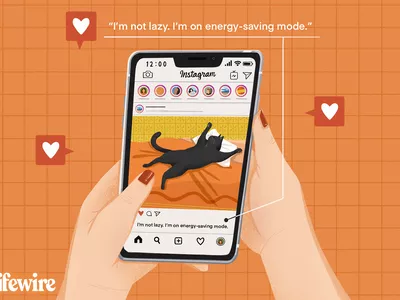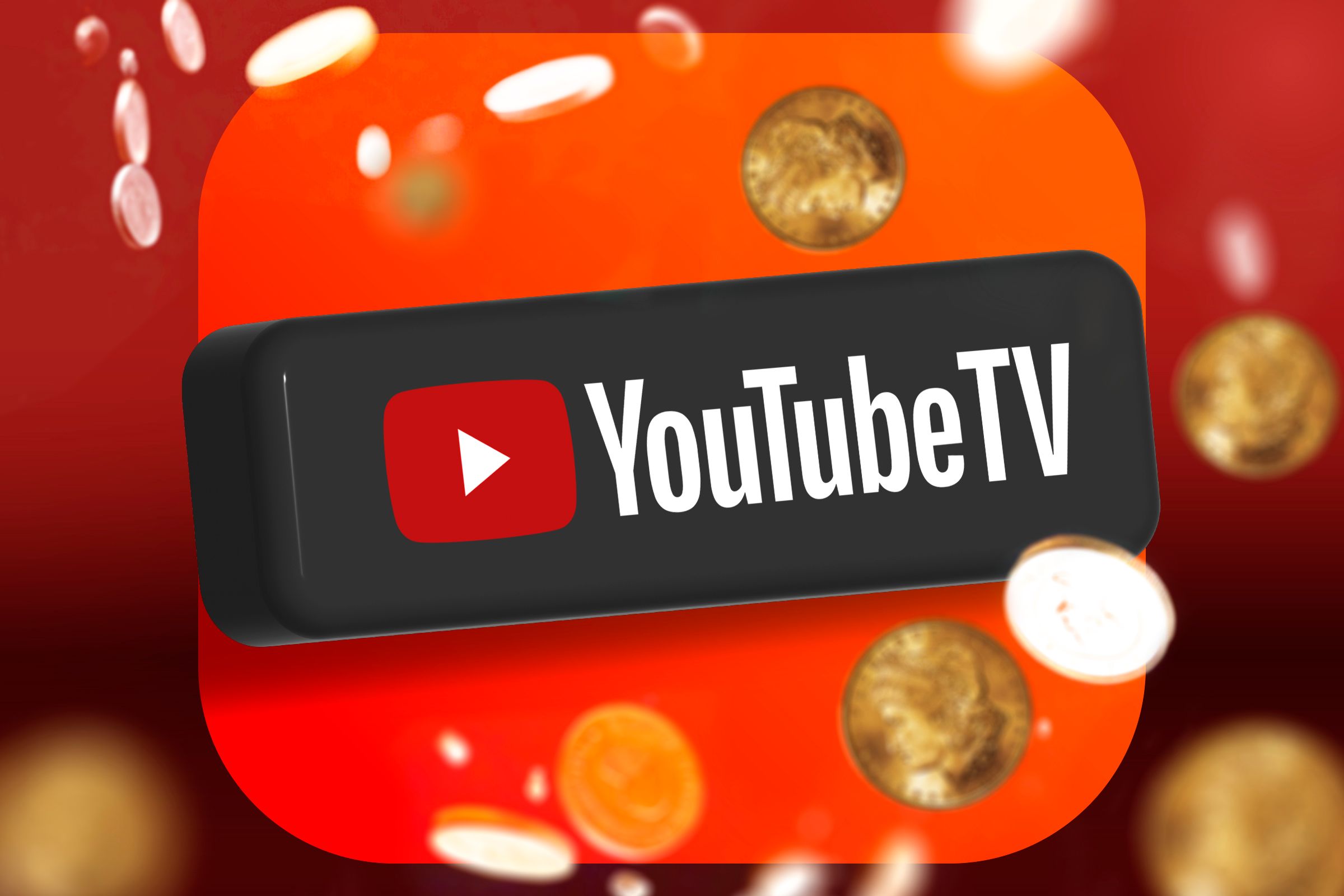
The Battle of YouTube Vs. Ad Blockers: Understanding the Decline in Viewability

The Battle of YouTube Vs. Ad Blockers: Understanding the Decline in Viewability
Not so long ago, it was easy to avoid YouTube ads by installing an adblocker. Now, YouTube has upped the ante, and its fight against adblockers could endanger the very creators who use the platform as their source of revenue. But how exactly is YouTube losing the war against adblockers?
YouTube Needs You To See Their Ads
While YouTube is a content creation platform, it’s also an advertising platform. Businesses pay a lot of money to advertise on the site, and the company, in turn, inserts relevant advertising into videos that fit the topic of the ad. The problem isn’t so much the advertising (or how long the TV ads have gotten ) as it is the number of ads a user has to wait for before they get to the content they want.
When YouTube first debuted in-video ads, they occasionally placed one at the front of the video. There was a good chance that you could click on a video and not be forced to watch the first five seconds of an ad. However, this process revealed that people would click on ads, which made the company ramp up its ad distribution. Now, depending on the video length, you’ll have to wait through several “ad breaks” interspersed throughout the video.
Naturally, the increase in the number of ads meant consumers who didn’t want to see them installed adblockers on their browsers. Adblockers are extensions or programs that examine a page’s code while it loads, comparing links coming into the browser to a set of existing domains. If it finds a domain listed on its “ad list,” it’ll block the domain from loading, thereby stopping the ad.
This is a significant problem for YouTube. YouTube guarantees its advertisers that they’ll have the eyes of their audience; to do that, they ensure that ads are placed in the video at specific intervals. Adblockers remove those ads from loading and reduce the number of clicks advertisers get. With more people using those plugins and applications, YouTube had to take drastic measures to ensure it would still be a viable advertising medium. Those measures included declaring war on ads.
How YouTube Aimed to Foil Adblockers
![]()
Lucas Gouveia / How-To Geek | Best Buy
The mission seemed simple at first: find a way to circumvent adblocking software and plugins. The first thing that YouTube did was implement some code to detect if the browser was running adblocking software or a plugin. At the start, all this would do is warn the user that they have an adblocker and ask them to turn it off. However, this polite approach wasn’t working, so YouTube decided to up the ante.
When the company realized that asking users to turn off their adblocker wasn’t working, it decided to block video playback for users still running an adblocker. This forced many users to choose—either leave the platform and find somewhere else to watch their videos or turn off their adblocker, leaving them vulnerable to ads when they leave the platform. The third option—allowing only YouTube to display ads—could be used, but few users seemed willing or able to allow specific sites to be permitted through their ad blocker.
Eventually, when these methods failed to work, YouTube resorted to telling users that having an adblocker was against their terms of service and that their YouTube account could be suspended or removed for having one. For many platform users, this was the last straw, and some simply left to seek entertainment elsewhere.
Users were unhappy about this since it removed any agency they had. The formerly free site was now inundated with ads. Many have just stopped watching YouTube altogether and opted for other entertainment outlets. While this seemed to affect YouTube users a lot, it also had a knock-on effect on the creators who used the website for their livelihood.
Adblockers Can Hurt Content Creators, Too
YouTube’s payment system depends on how much interest a creator attracts from the internet. Based on YouTube’s ad-sharing revenue system, channels with more subscribers and videos with more views tend to get paid more. If users don’t watch ads, YouTube has less ad revenue to distribute to creators.
However, with YouTube’s demonetization guidelines changing rapidly, some creators have left the site or only maintained their presence there as a funnel for their own creative endeavors off the site. Many video creators rely on sponsorships from products or direct monetary support from their as a means of earning now, since they can’t rely on YouTube’s payments anymore.
While this can be a hassle, it’s also a positive. Creating good content on one’s own encourages users who enjoy and support that content to be more active in its creation. Moving those users off-platform also helps the creator convert them from “borrowed” followers to subscribers who can pay a consistent monthly amount, ensuring income keeps coming in from their creative endeavors. YouTube’s alienation of its user base reinforces this behavior.
Does This Mean That YouTube is Dying?

Lucas Gouveia / How-To Geek
Many Internet commentators have stated that YouTube’s war with adblockers could finally kill the platform outright. The site has already implemented strategies that block dedicated programs that allow for ad-free YouTube videos. However, YouTube has offered alternatives for users who want to watch ad-free content.
YouTube Premium is the paid tier of the platform; however, at $10.99 a month, it’s a bit much for most people based on what it offers . The company used to have a cheaper, low-cost option , but it removed that one in a push for better monetization. The truth is that while YouTube offers good content, it’s not worth the price to most users.
There have also been extensive workarounds to prevent the YouTube ad sensor from triggering, letting people watch content ad-free anyway. YouTube is probably not dying, but its monetization methodology needs a lot of work if it’s going to survive the twenty-first century.
The Adblock War Is Far From Over
YouTube’s stance on adblockers has made it clear that it is not interested in compromising. The company wants users to view ads and will go to great lengths to ensure that it happens. As for the users, some have migrated out of YouTube’s ecosystem and an increasing number have connected directly to their preferred subscribers on other platforms, and the incessant stream of workarounds to block ads on the platform proves plenty of viewers aren’t willing to yield ground either. YouTube is adapting by implementing a new methodology for ad delivery . Creators are moving their businesses out of YouTube, but new creators are constantly springing up. The company’s ongoing war with adblockers might have a few casualties, but unless the company changes its monetization methodology, it will have a long road ahead.
If nothing else, YouTube’s own rise to prominence (and streaming services generally) shows just how willing consumers are to change their habits if something better comes along.
Also read:
- [New] 2024 Approved Analyzing Time of Playback in a 20Mb Film
- [New] YouTube Snippet Income Breakdown What's Your Profit Share?
- 2024 Approved 20+ Ways to Earn From Your Facebook Community
- Crafting Digital Worlds The Essential Software List for Animators for 2024
- Excellent Choices for Efficient Twitter Clients & Software Solutions
- How To Unlock Any Oppo K11x Phone Password Using Emergency Call
- In 2024, How to Remove an AirTag from Your Apple ID Account On Apple iPhone 7?
- In 2024, Solved Move from Itel P40 to iOS not Working Problems | Dr.fone
- In-Depth Examination of the Unbiased Audio Amplifier: Insights and Information Essential for Your Purchase Decision
- In-Depth Guide to the Newest Version of WavePad Audio Tool - Strengths, Weaknesses, Features & Insights
- Mastering the Art of Sonic Slimming Down: Understanding Audio Compaction Techniques for Seamless Quality Enhancement
- Mastering the Art of TikTok Sounds: A Step-by-Step Guide to Crafting Perfect Audio Content
- Simple Techniques to Remove Cookies and Browsing Records in Safari on iOS Devices
- Title: The Battle of YouTube Vs. Ad Blockers: Understanding the Decline in Viewability
- Author: Kenneth
- Created at : 2024-09-20 23:33:23
- Updated at : 2024-09-25 16:44:30
- Link: https://media-tips.techidaily.com/the-battle-of-youtube-vs-ad-blockers-understanding-the-decline-in-viewability/
- License: This work is licensed under CC BY-NC-SA 4.0.